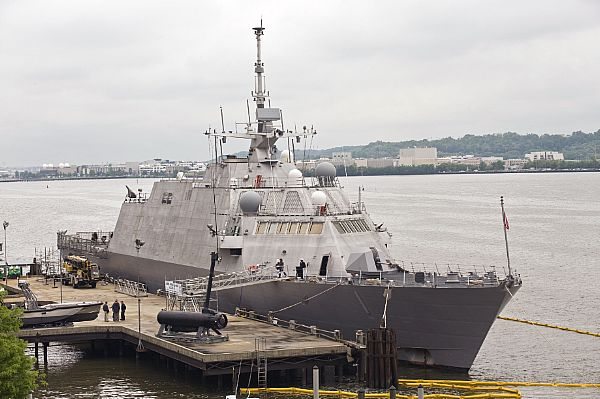Before more than 500 information technology business representatives, the Army’s chief information officer said Wednesday the service plans to consolidate data centers and close at least 185 by fiscal year 2014.
Lt. Gen. Susan S. Lawrence said the Army Data Center Consolidation Plan is a top priority as she addressed the Armed Forces Communications & Electronics Association’s IT Day conference themed “Building the Army’s Warfighter Enterprise of 2020 — Effective, Affordable and Defensible.”
Lawrence set the stage for her talk by playing a videotaped presentation by the Army Vice Chief of Staff. In the videotape, Gen. Peter W. Chiarelli said it was an imperative that the Army Data Center Consolidation Plan reduce by at least half the more than 9,000 applications spread out on more than 24,000 servers worldwide without losing operational effectiveness.
“NETCOM and 7th Signal Command will ultimately serve as the single IT integrator for every post, camp and station Army-wide and commands will be expected to work directly with them to identify issues so we can develop a realistic schedule for ADCCP much like we did for BRAC,” Chiarelli said.
“This is about improving our security posture and providing the consolidated infrastructure to support LandWarNet. It’s about good governance, well-defined business practices and positioning our Army for the next generation of computing while improving our warfighting capability,” he said.
While reducing the number of data centers is an Army focus, the bigger picture is the Office of Management and Budget tasking to reduce 800 data centers by the close of FY15 of which a quarter are Army. Lawrence said it’s about putting data where it needs to be so that users have secure access to the information no matter where they are in the world.
“It’s all about the data, not about physically shutting down data centers — that’s what we’re getting at as we move forward with this,” she said. “Being able to connect the next deployers, real-time on the network they’re going to fight on is about having a single identity, a single environment.
“We’ve already migrated more than 300,000 of our brave men and women to enterprise email — and again, I tell you, this is not about email, it’s about single identity,” Lawrence said, noting that there are already 13,000 Marines, Airmen and Sailors on the network with Army.
Joint information enterprise is the future, she said, and it’s already happened in the European theater with AFRICOM and EUCOM having already shut down their individual networks. Army is now the single service provider for the entire European theater.
“Now the Pacific has asked us to come over and look at how we could do it for them as well and the entire Joint Chiefs of Staff are going to move over to this environment by the end of January, early February,” Lawrence said.
Lawrence added that the individual service CIOs are absolute partners, so it only makes sense to adjust to a single, joint information enterprise architecture and solution.
“The end state is we’re going to be able to go anywhere in the world and connect to any government computer no matter where we are,” she said. “We’ll be able to deploy as a joint task force with little to no notice, not changing email address, not changing our networks and not changing our configurations; so we’re going to build it joint from the beginning.”











